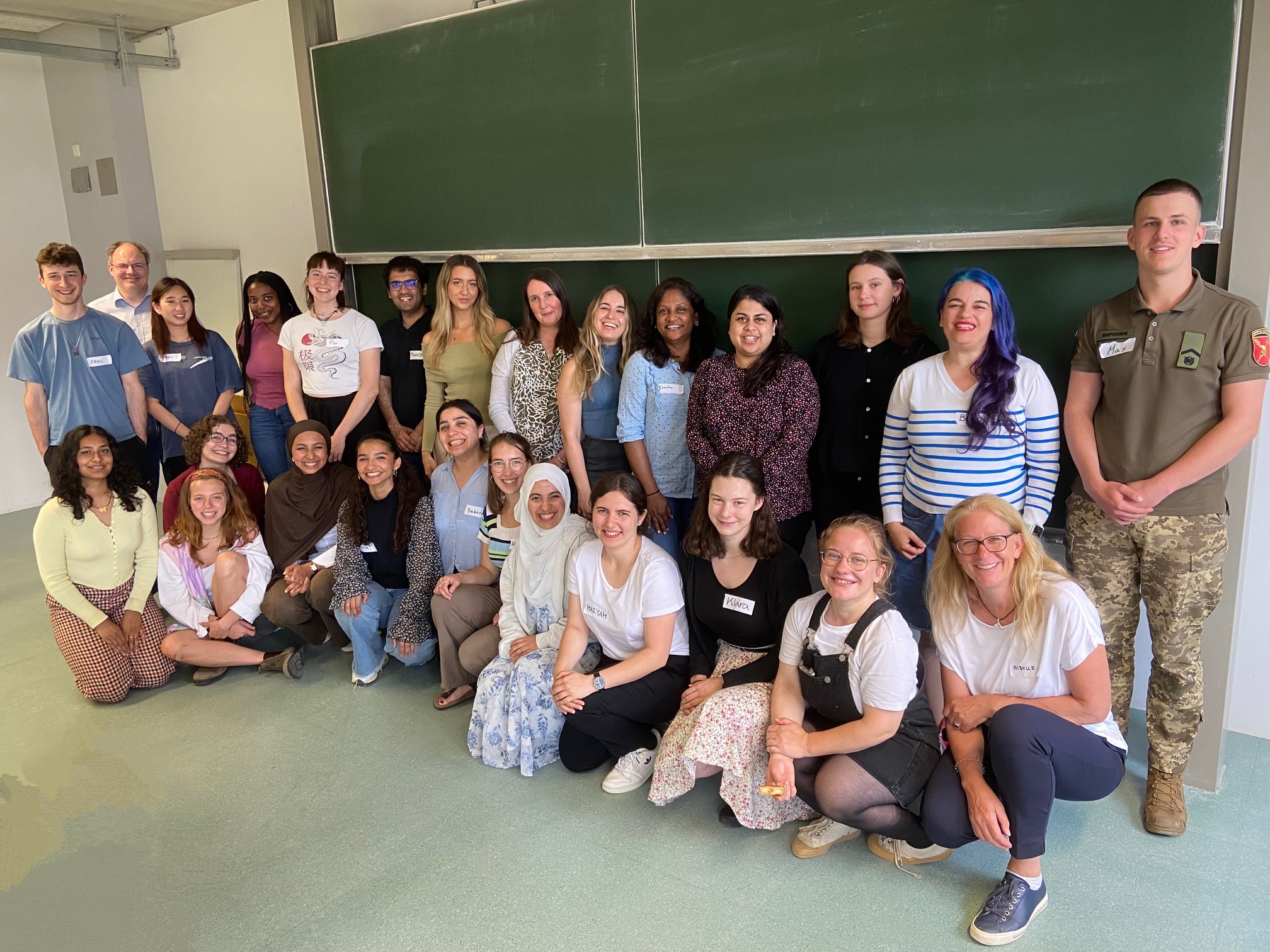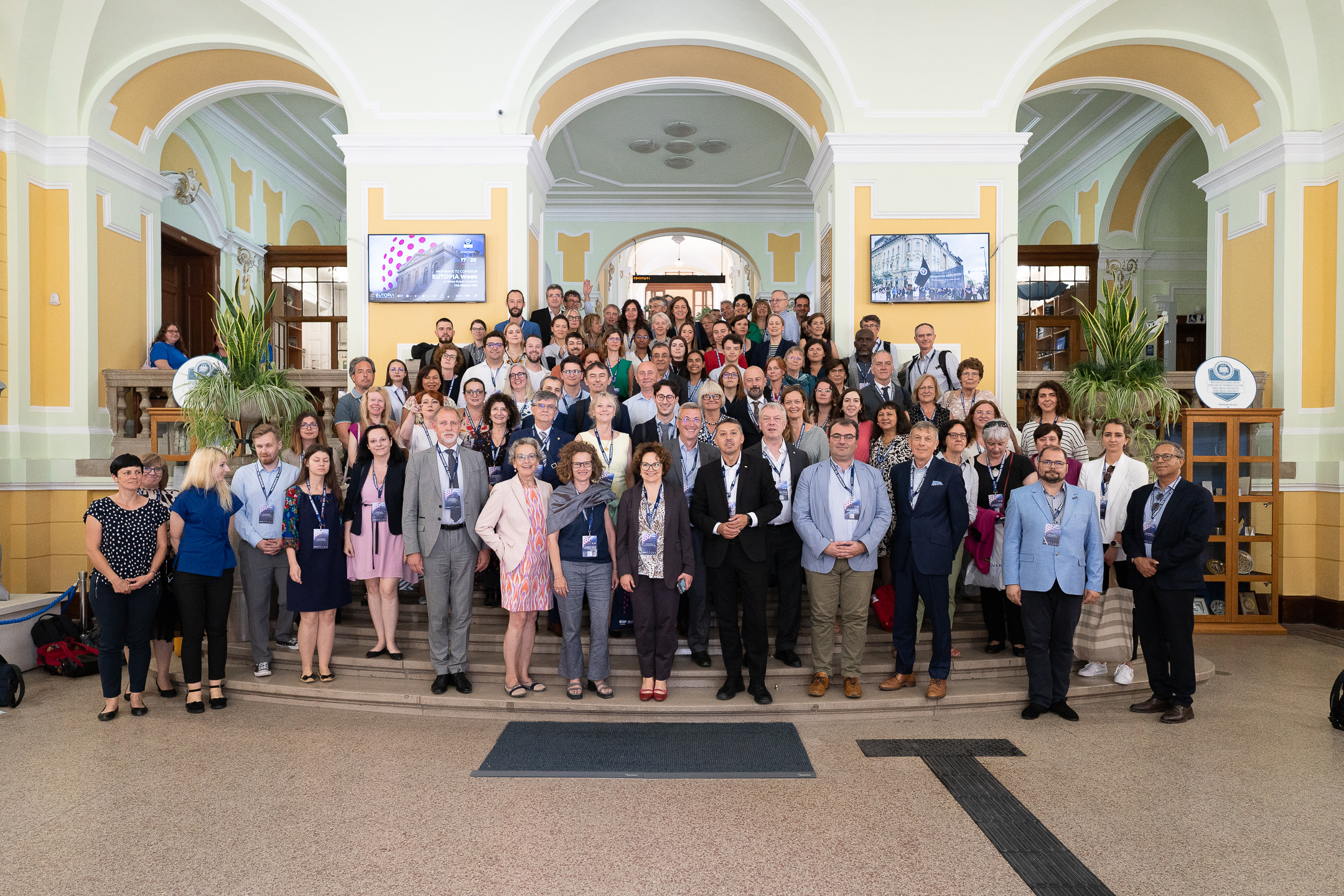What are the implications if students use tools such as ChatGPT for assignments and presentations? And which potential benefits does AI offer for university teaching? The answers to these questions can vary greatly depending on the teacher and academic field. Two examples show how teaching staff members at the University of Bremen deal with the topic.
Many students now use ChatGPT to write term papers. However, how suitable AI tools actually are for academic writing is something that Sarah Brommer, a professor of applied linguistics with an area of focus on text production research, investigated in a seminar with students. Stephanie Geise, a professor of communication and media studies with a specialisation in methodological innovations, takes a different approach to integrating AI into teaching. Together with students, she worked out how they can use ChatGPT as a tool for data analysis.
ChatGPT as a Writing Tool for Students – Opportunity and Challenge
“The (Potential) Future of the Way We Write” was the title of Sarah Brommer’s seminar for Bachelor’s students of linguistics last semester. The students experimented with AI tools such as ChatGPT, ChatPDF, Research Rabbit, Jenni AI, and Connected Papers to see how suitable they are for academic writing. They used the tools to write an academic text, recorded their experiences in journals, and summarised the results in a manual. They also investigated how well ChatGPT is able to write, analyse, revise, and summarise different types of texts such as reviews, job advertisements, advertising texts, and essays. Consequently, they published their findings.
Sarah Brommer also evaluates the students’ field reports for her own research. “I rarely use AI tools in practice, but they are an exciting subject of research for me,” she states. One of her roles is to head a think tank on the use of AI in academic writing at the Virtual Competence Center for Artificial Intelligence in Academic Writing (VK:KIWA). Together with colleagues from writing societies, she authored a discussion paper on the responsible use of AI tools in academic writing and the implications for institutions, researchers, teaching staff members, and students, which will be published at the Hochschulforum Digitalisierung.
Sarah Brommer is convinced that AI writing tools will eventually play an important role in academic education. For this reason, she is keen to sensitise students to the risks and benefits of these tools. “With or without AI – students who wish to cheat will find ways and means to do so,” she says. However, the reverse is true also: Students who have high standards for their work will not abandon these if they have the opportunity use AI for their work.
How AI Can Assist with Data Analysis
“Introduction to Quantitative Research Design and Data Analysis” (“Einführung in quantitative Forschungsdesigns und Datenanalyse”) is the name of the digital textbook written by Stephanie Geise together with other researchers from the Centre for Media, Communication and Information Research (ZeMKI). It is aimed at students taking the “Quantitative Methods” module of the bachelor’s degree program in Media and Communication Studies. In the module, they learn how to use the programming language R to evaluate data sets such as the German General Social Survey (ALLBUS). Previously, the module was designed as a classroom-based course. However, with funding from the SKILL (student-centered | collaborative | innovative teaching and learning) project of the University of Bremen and the Stiftung Innovation in der Hochschullehre (foundation for innovation in higher education), the researchers converted it into a hybrid format. “In practical terms, this means that our students work independently using the digital textbook. The seminar sessions serve to clarify questions and deepen the content,” says Stephanie Geise.
AI was involved in two ways in the course content. Firstly, the researchers used the Midjourney AI tool to create images and videos for the textbook. Secondly, students learn in the module how to use ChatGPT as a tool for data analysis. For example, ChatGPT can be useful in explaining error messages or displaying functions for calculating values. In order to interpret the AI tool’s answers and distinguish between correct and incorrect answers, however, you will need a basic understanding of R, says Stephanie Geise. “Overall, I think using ChatGPT makes sense if you have the necessary background, know exactly what it is suitable for, and where its limits are.”
.
Photocredit: © Matej Meza / Universität Bremen










